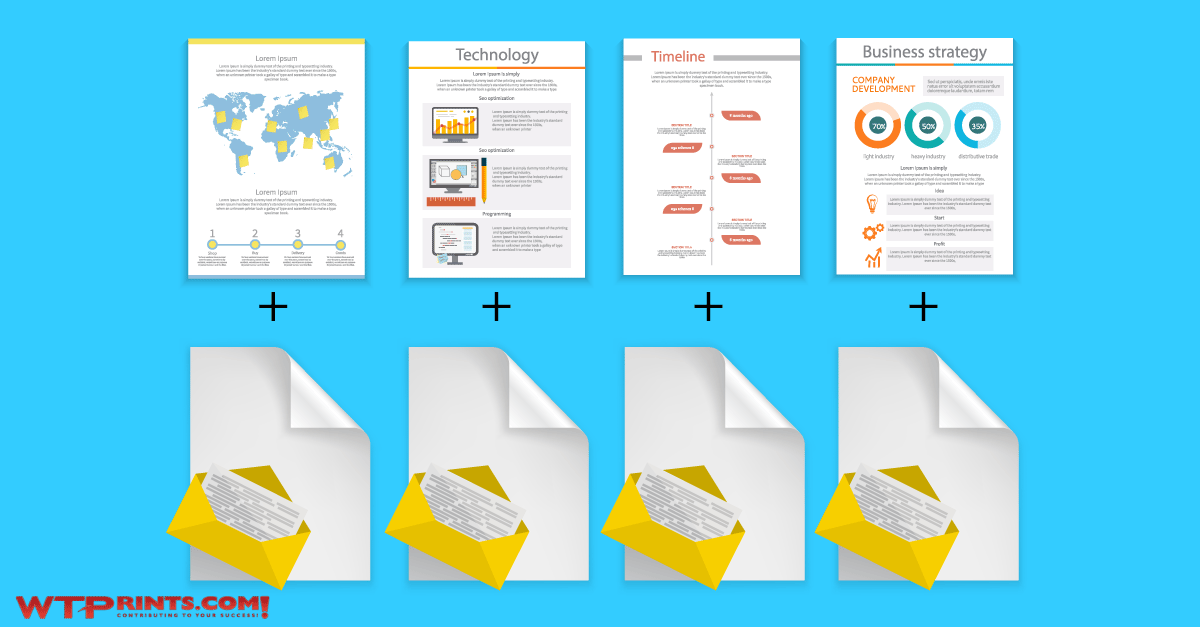Direct mail copywriter Bob Bly has a useful mantra for print campaigns:
“The letter sells, the brochure tells.”
How to Sell More Direct Mail Printing

An effective sales letter is designed to generate a response such as a phone call, email, or setting an appointment. In short, the letter translates a company’s offering into tangible benefits for the prospect that makes them want to respond.
Sometimes a letter alone is enough to generate good response.
In other cases, more information is needed for the prospect to make a decision.
- Perhaps the product or service is highly technical and includes information and specifications you don’t want in a letter.
- Perhaps it’s a new product that requires education of the prospect so they can fully understand its importance.
- Perhaps proof is needed to back up claims in the letter and offer credibility.
- Perhaps an in-print demonstration, visualization, or how-to procedure would clarify the letter.
You might use this with a client as follows.
Scenario 1 – If you’re printing a simple letter, even if it is successful, suggest a test that includes a brochure. Brochures are known to lift response rates significantly. But the only way to find out is to test.
Scenario 2 – If you’re printing a brochure, suggest a test that includes a letter. A brochure on its own is not likely to sell the appointment or product.
In both scenarios, be sure to encourage repeat mailings. For any given market at any time, only 3% are buying, 56% aren’t ready and about 41% are ready to begin. For this reason, repeat mailings over the course of several weeks or months always outperform a one-off mailing.
Also, those of us in sales know it takes multiple touches to get a cold prospect to respond, (an average of 8 times according to many sources) and then multiple exposures after the first interaction to close a sale.
Personalization can increase response rates.
One company worked with auto manufacturers to send personalized brochures to get them to activate their online accounts. They got a 9.7% conversion rate versus an average direct mail response rate of around 1-3%. 5-7% is considered an excellent response rate.
The bottom line is that direct mail letters and brochures go hand-in-hand in effective marketing campaigns. Encourage your clients to test both and to repeat them over time.